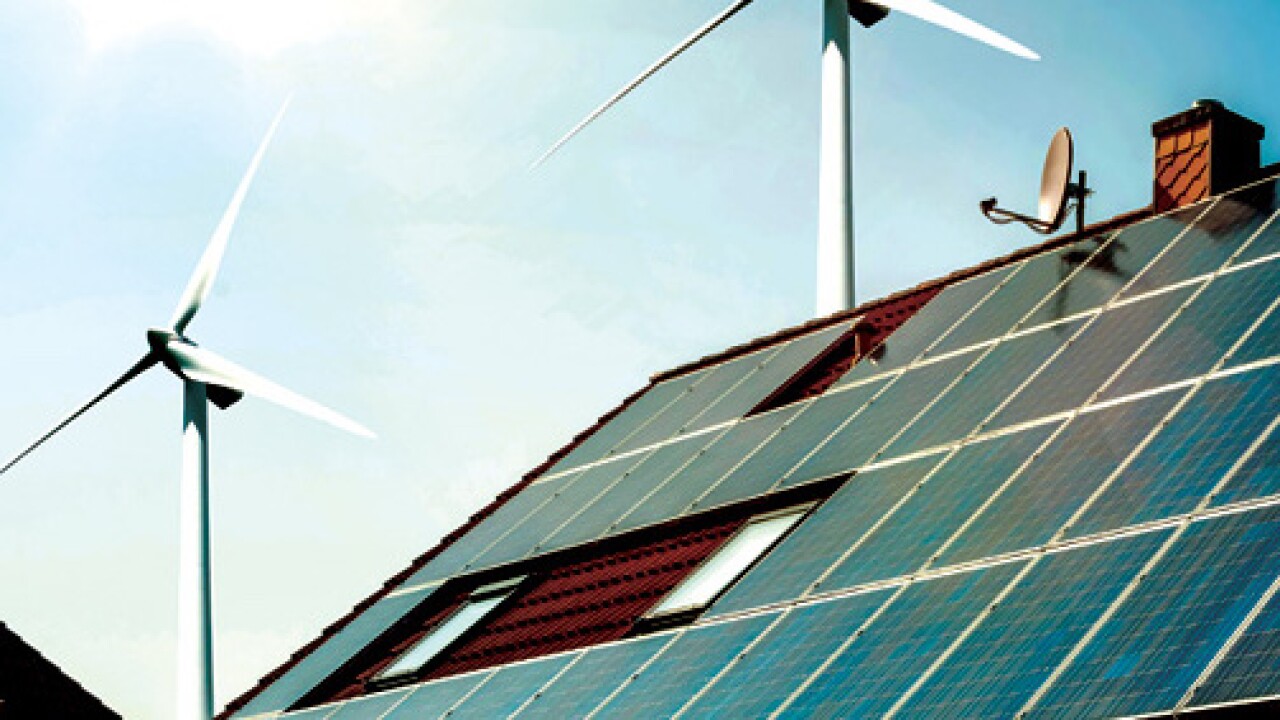- Developments in artificial intelligence (AI) and robotics may be a ray of hope for current housing challenges, including inventory, affordability and materials and labor shortages, while promoting sustainability and equity. This article reviews the potential benefits and barriers of 3D-printed homes, and what needs to happen for them to become a viable option in the housing ecosystem.Partner Insights from Freddie Mac Single Family
- Manufactured housing has been on the decline since its peak in 1996. While several factors are driving this downtrend trend, a portion of the fall-off is related to local, state and homeowner association regulations. This article looks at how the greater acceptance of manufactured homes could result in a bevy of benefits, from chipping away at the housing deficit to shrinking the affordability gap. Read More.Partner Insights from Freddie Mac Single Family
- Ready or not? An important question when it comes to mortgage lending, as a successful loan agreement means both the lender and the homebuyer are confident the buyer is ready for the financial responsibilities of homeownership. This article sheds light on what it means to be mortgage ready – and provides a look at strategies that can help lenders find more qualified buyers. Read More.Partner Insights from Freddie Mac Single Family
- FHFA recently issued updated area median income (AMI) limits, which are used to determine whether borrowers meet the income eligibility requirements for Freddie Mac Home Possible and Refi Possible mortgages, as well as exemption from the Super Conforming Mortgage Credit Fee in Price. Get the full details, as you may be able to offer affordable mortgages to even more borrowers.Partner Insights from Freddie Mac Single Family
- While rural homeowners appreciate proximity to trees, mountains, water and an abundance of natural light, they also have concerns about outdated, lacking or non-functioning features inside their homes that could impact their physical health and stress levels. This article lists tangible ways to identify and address health-related home concerns so rural residents can live more comfortably and age in place.Partner Insights from Freddie Mac Single Family
- CHOICEReno eXPress is a new mortgage product that offers an additional financing option for borrowers who are looking to make smaller-scale home renovations. With CHOICEReno eXPress, lenders can offer a wide range of borrowers the ability to finance home repairs and help them attain and maintain affordable and sustainable homeownership.Partner Insights from Freddie Mac Single Family
- The typical U.S. family could save quite a bit of cash by using reliable information to help them make smart home improvement decisions. This article illustrates how to conduct home energy assessments that provide energy-saving home improvement recommendations that can help homeowners lower their utility bills, increase home value and enhance marketability. Learn More.Partner Insights from Freddie Mac Single Family
- Manufactured houses, also referred to as “prefab,” “modular” or “factory-built,” are a popular choice in Japan – thanks to their attractive design, advanced technology and trendy branding. This article looks at how some U.S. manufactured housing companies are evolving and improving manufactured home features in hopes of making this housing option all-the-rage in the States too. Read More.Partner Insights from Freddie Mac Single Family
- Homeowners rely on water for everything from drinking to cleaning to landscape irrigation. This article provides tips on how to decrease water usage, save money and preserve this vital resource by making changes to appliances, plumbing fixtures, hot water heaters and more – and how lenders can offer mortgage options that help finance these efficiency updates. Learn More.Partner Insights from Freddie Mac Single Family
- There are some significant benefits associated with refinancing, yet a disproportionate number of Black and Hispanic Americans don’t pursue the option. Discover what industry stakeholders can do to help broaden the funnel of homeowners looking to refinance, thereby increasing homeowner equity for minorities. Read More.Partner Insights from Freddie Mac Single Family









